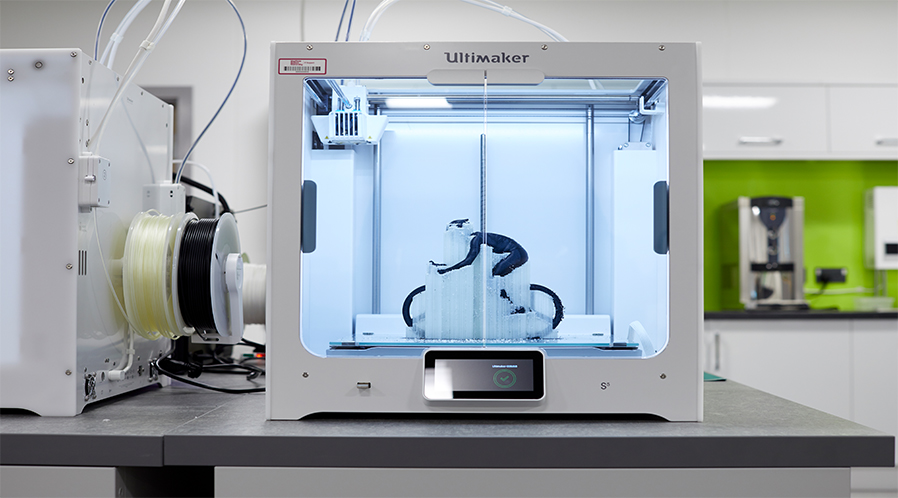A special edition of the Lancet [1] published prior to the London 2012 Olympic Games set out the compelling and indisputable evidence that physical activity performed on a regular basis is good for our physical and mental health, for a connected and vibrant society, for the environment and the economy.
Described as the ‘best buy’ in public health and as important a modifiable risk factor for chronic disease as obesity and smoking [2], physical activity enhances and sustains our health as we age, supports us to work well for longer and helps prevent and treat non-communicable chronic disease.
The problem is that we’ve engineered physical activity out of daily life, resulting in the majority of society and particularly the least affluent experiencing negative physical, mental and emotional health with huge medical, psycho-social and economic consequences. In Sheffield, for example, there is a 20-year difference in healthy life expectancy between the poorest and richest parts of the city.
It is unsurprising then that local, regional and national policy and strategy, including the Industrial Strategy [3] and NHS Long Term Plan point to a radical need to re-think disease prevention and public health, and increase the populations physical activity.
Interventions to improve public health
According to Matheson and colleagues (2013) in an International Olympic Committee consensus statement, physical centres to design, implement, study interventions to improve health could make a significant contribution to tackling the burden of non-communicable disease.
Importantly, these centres must adopt human-centred design in the creation of prevention programmes with an inclination to action and rapid prototyping – an approach that matches that taken across industry and elite sport.
These centres should also foster meaningful collaborations between local communities, local authorities and employers in health care, industry and technology sectors to co-design solutions.
Sheffield Hallam University’s Advanced Wellbeing Research Centre (AWRC) is the first of these centres globally and is at the vanguard of the global challenge to reduce inactivity.
By bringing together expertise across a range of academic disciplines at Sheffield Hallam and creating meaningful partnerships across industry and the public sector, the AWRC can make a significant contribution to tackling the burden of chronic disease and thereby transform lives.
[1] Kohl 3rd, HW, Craig CL, Lambert EV, et al., (2012). The pandemic of physical inactivity: global action for public health. Lancet. 380 : 294-305
[2] Lee IM, Shiroma EJ, Lobelo F, et al., (2012). Effect of physical inactivity on major non-communicable diseases worldwide: an analysis of burden of disease and life expectancy. Lancet. 380 : 219-229
[3] The government's Industrial Strategy sets out four high level challenges (themes) for academics, industry and public entities: Ageing, Mobility, Robotics/AI, and Clean Growth.

